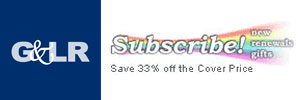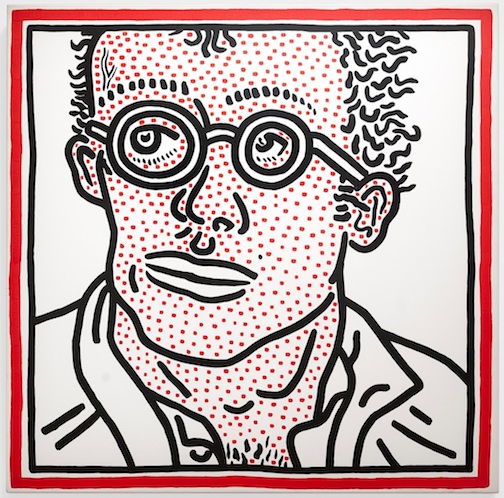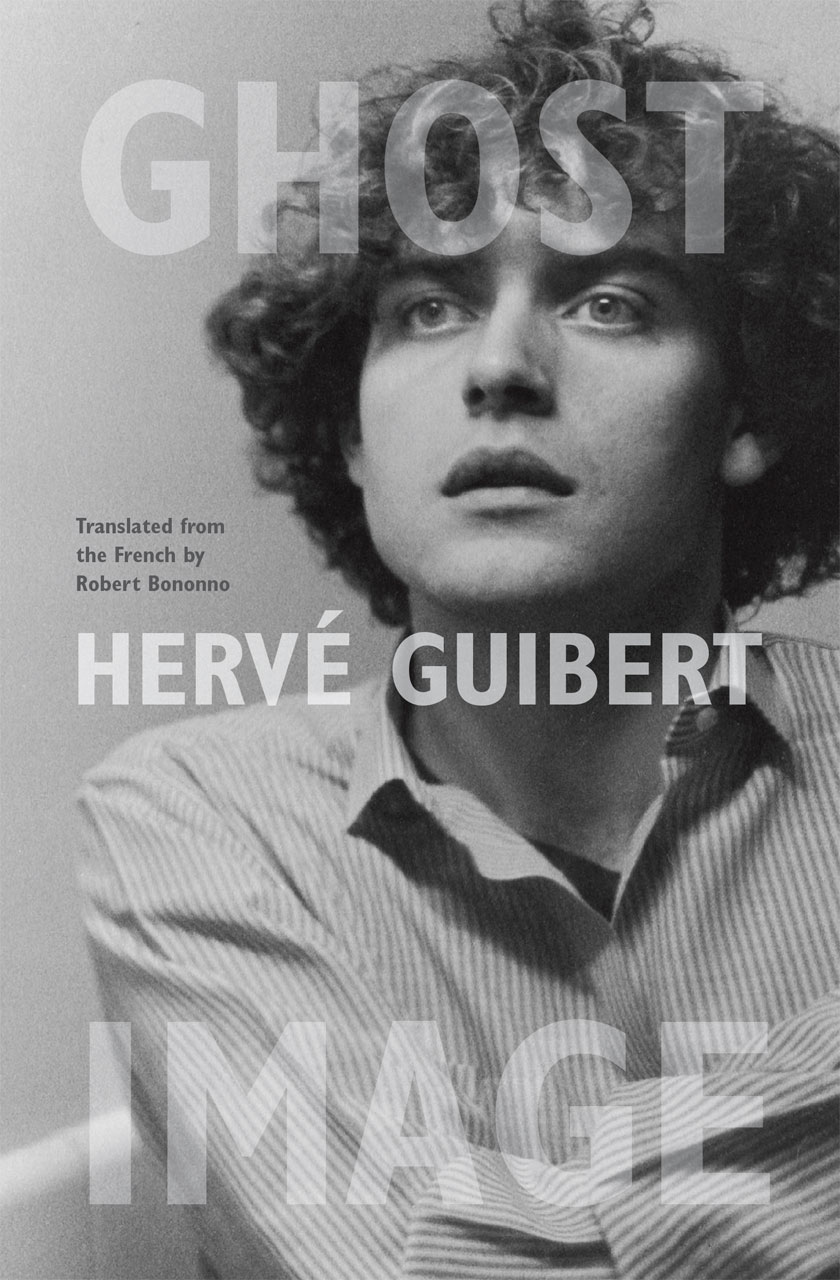MARY COBLE’S BODY was electrically shocked repeatedly on Friday, May 18, 2007. She was hooked up to electrodes and shown images of both hetero- and homosexual situations that became progressively more erotic. Electric shocks were administered when she was exposed to images of women. The shocks intensified as the images became more sexually explicit, causing Coble’s hand to jump from the chair in response to the severe stimulus. In retrospect, she remembers feeling relief when confronted with images of men, since she was assured that no shock would ensue.

Mary Coble is a Washington, D.C.-based performance artist. This latest work, Aversion, was performed live, including a live webcast, at Conner Contemporary Art (a D.C. gallery) to a full house. Its purpose was to address the history—and, apparently, ongoing use—of electric shock therapy administered to gays and lesbians as a means of changing their sexual orientation. After the recorded performance (archived at connercontemporary.com/audio), there followed a conversation between Coble and Andy Grundberg, chair of Photography and Photojournalism at the Corcoran College of Art and Design, a session that gave audience members a chance to comment on experience of the exhibit.






